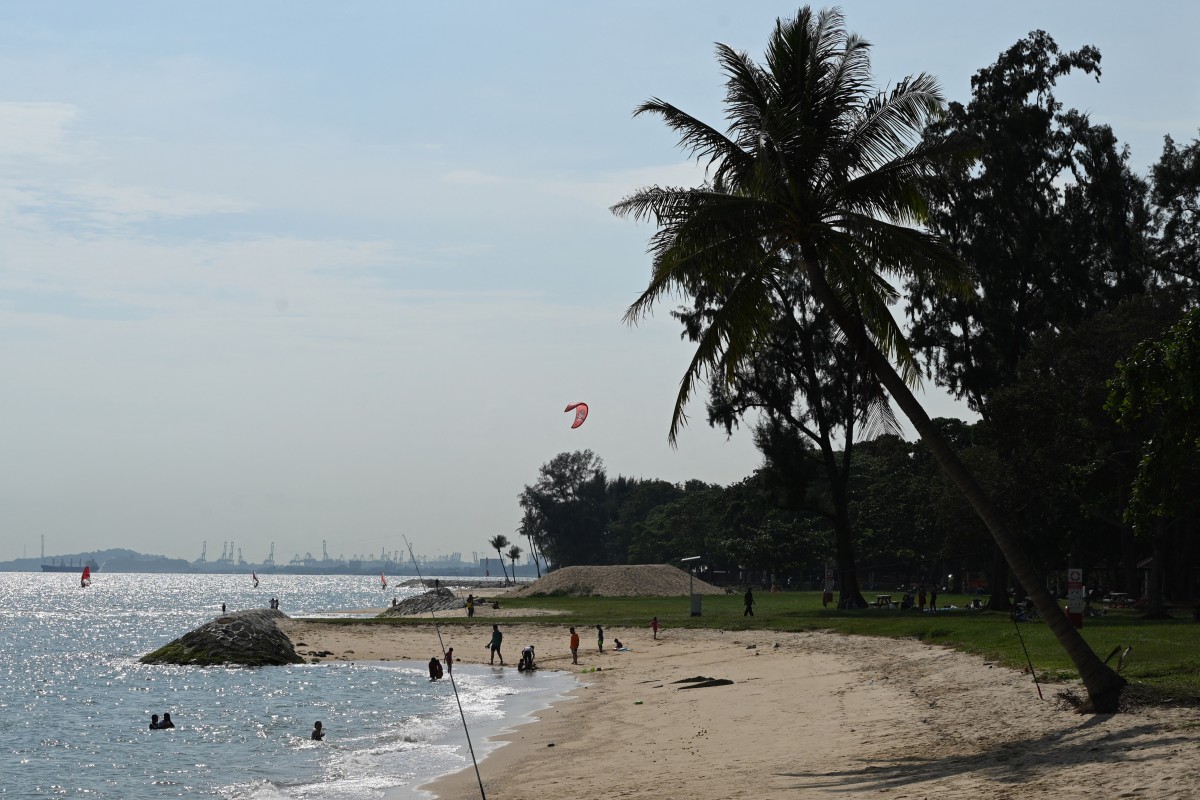
Singapore has said it is considering building artificial islands off its east coast to protect low-lying areas against rising sea levels caused by climate change.
Engineering and environmental impact studies for the “Long Island” project will start in 2024 and take five years to finish, National Development Minister Desmond Lee said Tuesday.
Land reclaimed for the project could span 800 hectares (1,980 acres), giving the densely populated city-state more space for homes, parks and industry, Lee said.
Prime Minister Lee Hsien Loong warned in 2019 that rising sea levels posed a “grave threat” to Singapore, and coastal defences could cost around Sg$100 billion ($75 billion) or more over the next 100 years.
Singapore’s land-use planning agency, the Urban Redevelopment Authority (URA), has asked for public feedback on the project, which could take several decades to develop.
Artificial islands could be built off the coast at a higher level than the mainland to form a “line of defence” against rising sea levels, the URA said on its website.
Government agencies had also studied building a three-metre (9.8-foot) sea wall along the entire waterfront, supported by tidal gates and pumping stations.
But the URA said the wall would cause “extended periods of disruption” to park users during construction, while pumping stations would occupy the equivalent of 15 football fields of the park.
Coastal science professor Adam Switzer said “a variety of in-depth studies” must be carried out for “Long Island”, including looking at the impact on coastal currents and the sea bed.
“There will need to be very careful consideration of the potential impact on both the built and natural environment,” said Switzer, a professor at Nanyang Technological University’s Asian School of the Environment.
But Switzer said Singapore had experience in large-scale land reclamation, pointing to Changi Airport, the Marina Bay financial district and the Tuas Port.
Koh Chan Ghee, a professor at the department of civil and environmental engineering at the National University of Singapore, said natural solutions such as mangroves, sea vegetation and coral reefs should also be used.
[ad unit=2]






